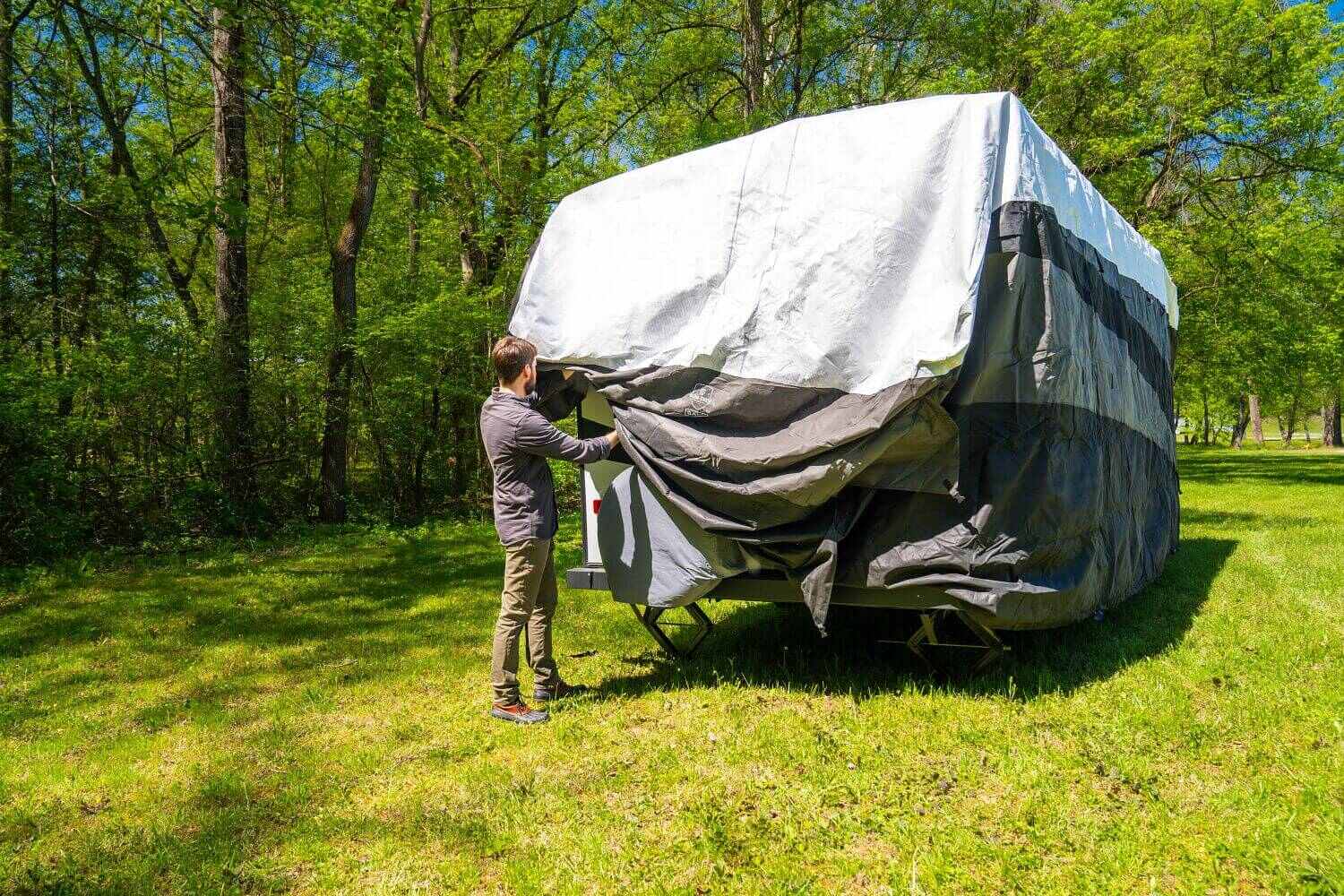

Articles
How To Store An Rv
Modified: February 29, 2024
Looking for articles on how to store an RV? Discover essential tips and tricks to ensure the proper storage of your RV to maintain its condition and maximize its lifespan.
(Many of the links in this article redirect to a specific reviewed product. Your purchase of these products through affiliate links helps to generate commission for Storables.com, at no extra cost. Learn more)
Introduction
When it comes to owning an RV (recreational vehicle), one of the key considerations is how to store it properly. Whether it’s during the off-season or when you’re not using it for an extended period, proper storage is essential to protect your investment and ensure it’s ready for your next adventure. In this article, we’ll explore various storage options and provide tips on how to prepare your RV for storage and keep it in top condition.
Choosing the right storage option for your RV is crucial. Factors such as climate, budget, and convenience play a significant role in determining the most suitable storage solution. Let’s dive into the different options available for storing your RV.
Key Takeaways:
- Proper RV storage is essential for protecting your investment and ensuring it’s ready for your next adventure. Whether choosing outdoor, indoor storage, or RV covers, proper preparation and maintenance are key.
- Regular maintenance, thorough cleaning, and implementing security measures are crucial for keeping your RV in optimal condition during storage. Following manufacturer’s guidelines and periodic inspections ensure your RV is ready for the road.
Read more: How To Store RV
Choosing the Right Storage Option
When it comes to storing your RV, there are a few options to consider: outdoor storage, indoor storage, or RV covers.
Outdoor Storage: Outdoor storage is the most common and cost-effective option for many RV owners. This can be in the form of a dedicated RV storage facility, an open lot, or even your own property. Outdoor storage is suitable for those living in areas with mild climates and limited space constraints. However, it’s important to ensure that the storage area is secure and protected from the elements.
Indoor Storage: If you want extra protection for your RV or live in an area with harsh weather conditions, indoor storage might be the better option. Indoor storage facilities, such as warehouses or garages, provide shelter from the elements, reducing the risk of damage from rain, snow, or extreme temperatures. While indoor storage may be more expensive, it offers added security and peace of mind.
RV Covers: If you have limited options for storage and cannot access indoor or outdoor facilities, investing in an RV cover is a viable alternative. RV covers are designed to protect your vehicle from UV rays, dirt, and other environmental factors. They come in various sizes and materials, so make sure to choose one specifically designed for your RV model. However, it’s important to note that covers may not provide the same level of protection as indoor or well-protected outdoor storage.
Consider your budget, location, and weather conditions when deciding on the right storage option for your RV. The goal is to find a balance between convenience, cost, and protection for your vehicle.
Outdoor Storage
Outdoor storage for your RV is a popular choice due to its cost-effectiveness and accessibility. However, it’s crucial to take certain precautions to ensure your RV remains protected against the elements and potential damage.
Firstly, when selecting an outdoor storage facility, look for a reputable establishment that offers secure and well-maintained storage spaces. The facility should have measures in place to prevent theft and unauthorized access, such as surveillance cameras, sturdy fences, and controlled entry systems.
Additionally, consider the climate of the area where you’ll be storing your RV. If you live in an area with harsh winters, look for a storage facility that offers covered or enclosed spaces. This will help protect your RV from snowfall, ice, and freezing temperatures that could potentially damage the vehicle’s water and plumbing systems.
Prior to storing your RV outdoors, it’s important to prepare it for the elements. Start by thoroughly cleaning the exterior, including the roof, to remove any dirt, grime, or tree sap that could cause damage over time. Be sure to check for any existing damage such as cracks, leaks, or loose fittings and take care of these issues before storage.
Invest in a good-quality RV cover to provide an extra layer of protection against UV rays, rain, and dust. Make sure the cover fits snugly and is made from breathable material to prevent moisture accumulation. Regularly inspect and clean the cover to prevent mold or mildew growth.
It’s also essential to perform regular maintenance checks on your RV while it’s in outdoor storage. This includes checking the tire pressure, inspecting the battery, conducting routine engine maintenance, and ensuring the propane tanks are turned off. Regularly starting the engine and running it for a few minutes can help prevent engine damage due to lack of use.
Lastly, consider investing in wheel locks or hitch locks to deter theft and ensure the security of your RV while it’s in outdoor storage.
By following these guidelines and properly preparing your RV for outdoor storage, you can enjoy peace of mind knowing that it’s protected from the outdoor elements and ready for your next adventure.
Indoor Storage
Indoor storage for your RV offers the highest level of protection against the elements, making it an ideal option for those who live in areas with extreme weather conditions or want to ensure the utmost security for their vehicle.
When choosing an indoor storage facility, look for a reputable facility that offers ample space for your RV and has proper ventilation to prevent condensation buildup. Ensure that the facility has a controlled environment with regulated temperature and humidity levels, as extreme fluctuations can cause damage to the interior and exterior of your RV.
Prior to storing your RV indoors, it’s essential to thoroughly clean both the interior and exterior. Remove any food items, perishables, and valuables to prevent pests and theft. Clean the interior thoroughly, including all surfaces, floors, and cabinets. Empty and defrost the refrigerator, leaving the doors open to prevent mildew and odors.
Consider using RV covers or protective tarps to shield your vehicle from dust and potential scratches caused by other stored items. Cover your tires with wheel covers or place the RV on jack stands to alleviate pressure on the tires and prevent flat spots.
When storing your RV indoors, it’s important to perform regular maintenance checks. This includes checking the battery, inspecting the roof for any signs of leaks or damage, and ensuring that all fluid levels are correct. Consider using fuel stabilizers and additives to protect the engine and fuel system during storage.
If possible, start the engine periodically and let it run for a few minutes to circulate the fluids and prevent any mechanical issues. However, remember to do this in a well-ventilated area to avoid carbon monoxide buildup.
Another important aspect to consider for indoor storage is the security of the facility. Look for a storage facility that has enhanced security measures such as surveillance cameras, access control systems, and on-site staff to ensure the safety of your RV.
By storing your RV indoors under controlled conditions and following proper maintenance procedures, you can prolong its lifespan and ensure it’s in optimal condition for your next adventure.
RV Covers
RV covers offer an effective solution for protecting your vehicle when indoor or outdoor storage options are limited. These covers are designed to shield your RV from the sun’s UV rays, rain, snow, dust, and other environmental elements that can cause damage over time.
When selecting an RV cover, it’s essential to choose one that is specifically designed for your RV model. RV covers come in various shapes and sizes to fit different types of vehicles, so make sure to measure your RV accurately to ensure a proper fit.
Look for RV covers made from durable and breathable materials such as polyester or polypropylene. These materials provide excellent protection while allowing air circulation to prevent moisture buildup inside the cover. Avoid using plastic or vinyl covers, as they can trap moisture and lead to mold or mildew growth.
Prior to covering your RV, it’s important to clean it thoroughly to prevent dirt, debris, or moisture from getting trapped between the cover and the vehicle’s surface. Pay particular attention to the roof, windows, and any other areas prone to buildup. Allow the RV to dry completely before applying the cover.
When covering your RV, start from the front and work your way to the back, ensuring that the cover is snug but not too tight. Use the provided straps or bungee cords to secure the cover in place, preventing it from flapping in the wind and potentially causing damage to the RV’s finish.
Regularly inspect the cover for any signs of wear and tear, such as rips, tears, or stretched areas. If you notice any damage, repair or replace the cover as necessary to maintain its effectiveness in protecting your RV.
It’s important to note that RV covers are not a substitute for proper storage. While they offer protection against the elements, they may not provide the same level of security or climate control as indoor or well-protected outdoor storage options.
By properly using an RV cover and periodically inspecting it for damage, you can help preserve the appearance and condition of your RV, extending its lifespan and ensuring it’s ready for your next adventure.
Read more: How To Store Dishes In An Rv
Emptying and Cleaning the RV
Before storing your RV, it’s crucial to empty and thoroughly clean both the interior and exterior to prevent odors, damage, and pest infestations. Follow these steps to ensure your RV is clean and ready for storage:
1. Empty the Holding Tanks: Start by emptying the black and gray water holding tanks. Use a sewer hose to connect the RV to a dump station or a sewer system, following proper sanitation procedures and wearing gloves. Once emptied, flush the tanks with clean water to remove any residue.
2. Clean the Interior: Remove all food items, perishables, and personal belongings from the RV. Dispose of any open or expired food products to prevent attracting pests. Clean all surfaces, including countertops, cabinets, and appliances. Vacuum the floors and upholstery, and wipe down the windows and mirrors with appropriate cleaning solutions.
3. Empty and Defrost the Refrigerator: Remove all items from the refrigerator and clean the interior with warm soapy water. Remember to defrost the freezer and clean the drip pan. Leave the refrigerator and freezer doors slightly open to prevent mold or mildew growth.
4. Clean the Exterior: Wash the exterior of the RV using a mild detergent or RV-specific cleaner. Pay attention to the roof, sidewalls, and windows. Rinse thoroughly with clean water, ensuring all soap residue is removed. Check for any signs of damage, such as cracks or loose seals, and address them before storage.
5. Don’t Forget the Awning and Tires: Clean the awning thoroughly, removing any debris or dirt. Allow it to dry completely before storage to prevent mold or mildew growth. Inspect the tires for proper inflation and check for any signs of wear or damage. Consider using tire covers to protect them from the sun’s UV rays.
6. Check the Plumbing System: Drain all water lines and tanks to prevent freezing or damage. Use compressed air to blow out any remaining water from the system. To ensure the system is completely empty, open all faucets, including showerheads and toilet flush valves.
7. Clean and Treat the Water System: Clean the RV’s fresh water system by using a specialized antifungal solution or bleach. Follow the manufacturer’s instructions for proper dilution and usage. Remember to run the solution through all faucets and drains, allowing it to sit for a recommended period of time before flushing the system with clean water.
Properly emptying and cleaning your RV before storage helps maintain its condition and ensures a fresh start for your next adventure. By following these steps, you’ll be able to enjoy a clean, sanitized, and well-maintained RV when you’re ready to hit the road again.
When storing an RV, be sure to empty all water tanks and lines to prevent freezing and damage. Use RV antifreeze to protect plumbing and appliances. Cover tires to prevent dry rot.
Preparing the RV for Storage
Properly preparing your RV for storage is essential to ensure its longevity and minimize the risk of damage. Follow these steps to prepare your RV for storage:
1. Drain and Flush the Water System: Begin by draining and flushing the entire water system, including the freshwater tank, hot water heater, and all plumbing lines. This helps prevent any stagnant water from causing damage or breeding bacteria. Leave all faucets and drains open to ensure the system is completely emptied.
2. Add Antifreeze: To protect the plumbing system from freezing temperatures, add RV antifreeze to the drains, toilet bowl, and other low points in the system. This prevents any remaining water from freezing and causing damage to the pipes and fittings. Follow the manufacturer’s instructions for proper usage and dilution.
3. Turn Off and Disconnect Utilities: Shut off the main power supply and disconnect the RV from any external power sources. This includes unplugging any appliances and turning off the propane supply. Empty and disconnect the propane tanks and store them in a well-ventilated area.
4. Clean and Condition the Interior: Thoroughly clean the interior of the RV, including all surfaces, upholstery, and flooring. Remove any food items, perishables, and personal belongings to prevent attracting pests. Consider using moisture-absorbing products, such as desiccant packs or dehumidifiers, to control humidity levels inside the RV.
5. Protect the Exterior: Wash and wax the exterior of the RV to protect the paint and finish from deterioration. Apply a UV protectant to the tires, and cover them or use tire covers to prevent damage from sunlight exposure. Invest in wheel covers to protect the tires from flatspotting during prolonged storage.
6. Cover Vents and Openings: Cover all exterior vents, including the furnace, refrigerator, and water heater vents, to prevent pests or debris from entering the RV. Use mesh screens or specialized vent covers to allow for ventilation while keeping unwanted intruders out.
7. Check the Battery: Ensure the RV’s battery is fully charged, and consider disconnecting it or using a battery tender to maintain its charge during storage. Periodically check the battery’s charge level and top it up if needed.
8. Secure and Lock: Double-check that all windows, doors, compartments, and storage bays are securely locked. This helps prevent unauthorized access and ensures the safety of your RV and its contents while in storage.
9. Keep Records: Maintain a record of the maintenance and storage procedures performed on your RV. This will help you keep track of any necessary maintenance tasks and ensure a smooth transition when preparing your RV for use again.
By following these steps to prepare your RV for storage, you can protect it from damage, maintain its condition, and ensure that it’s ready for your next adventure when the time comes.
Maintenance and Inspection Tips
Regular maintenance and inspections are crucial to keeping your RV in top shape, even when it’s in storage. Here are some essential tips to help you properly maintain and inspect your RV:
1. Regularly Start and Run the Engine: If your RV will be in storage for an extended period, it’s important to regularly start and run the engine. This helps keep the internal components lubricated and prevents them from seizing up. Aim to run the engine for at least 20 minutes every month. Check the oil levels before starting and replace if needed.
2. Check the Tires: Monitor the tire pressure regularly, ensuring that it matches the recommended levels specified in your RV’s owner manual. Inflate the tires as necessary, and check for any signs of cracking or damage. Rotate the tires every few months to promote even wear. Consider using tire covers to protect them from sunlight exposure.
3. Inspect the Roof and Seals: Regularly inspect the roof of your RV for any signs of leaks, cracks, or damage. Check the seals around vents, air conditioners, and antennas for any wear or deterioration. Use RV roof sealant to repair any cracks or holes and ensure a watertight seal.
4. Test the Battery: Check the battery regularly for the proper charge level. Clean the battery terminals and connections to prevent corrosion. If necessary, recharge or replace the battery to ensure optimal performance when you’re ready to hit the road again.
5. Lubricate Moving Parts: Apply lubricant to moving parts such as hinges, locks, slide-outs, and stabilizing jacks to prevent rust and ensure smooth operation. Check the owner’s manual for specific lubrication recommendations.
6. Inspect Electrical Systems: Regularly inspect the electrical systems of your RV, including the wiring, outlets, and appliances. Look for any signs of damage or wear and address them promptly to avoid electrical issues or hazards. Test all lights, both exterior and interior, to ensure they are functioning correctly.
7. Check for Pests: Periodically inspect the interior of your RV for signs of pests or rodent infestation. Look for droppings, chewed wires, or nests. Place rodent deterrents or traps inside the RV to prevent unwanted visitors.
8. Maintain Propane Systems: If your RV has a propane system, regular inspections and maintenance are essential. Check for leaks and ensure all connections are secure. Test the propane appliances to ensure they are working correctly. Consider replacing the propane tanks if they are outdated or nearing their expiration date.
9. Follow Manufacturer’s Maintenance Schedule: Always refer to your RV’s owner manual and follow the recommended maintenance schedule. This ensures that you address all necessary maintenance tasks, such as oil changes, filter replacements, and overall servicing, according to the manufacturer’s guidelines.
By following these maintenance and inspection tips, you’ll keep your RV in optimal condition even when it’s in storage. Regular checks and proactive maintenance will help prevent potential issues and ensure a trouble-free travel experience when you’re ready to hit the road again.
Security Measures for RV Storage
Ensuring the security of your RV while it’s in storage is crucial to protect your investment and provide peace of mind. Here are some security measures you can take to safeguard your RV:
1. Choose a Secure Storage Facility: Select a storage facility that has reliable security measures in place. Look for facilities with features such as surveillance cameras, perimeter fencing, and controlled access systems. A well-secured facility reduces the risk of theft and unauthorized access.
2. Locks and Alarms: Use high-quality locks to secure the doors, compartments, and hitch of your RV. Consider installing an alarm system or motion sensor lights to act as deterrents against potential theft. Visible security measures can discourage thieves and provide an added layer of protection for your RV.
3. Wheel Locks and Hitch Locks: Invest in wheel locks and hitch locks to prevent unauthorized towing or movement of your RV. These devices make it more challenging for thieves to steal your RV or hitch it to another vehicle.
4. Remove Valuables: When storing your RV, remove any valuable items such as electronics, jewelry, and personal documents. Leaving valuable items inside your RV increases the risk of theft, even in well-secured storage facilities.
5. Keep It Discreet: Avoid drawing unnecessary attention to your RV while it’s in storage. Keep curtains or blinds closed to prevent anyone from seeing inside. Consider removing any stickers or signs that indicate a high-value RV or expensive equipment.
6. Documentation and Identification: Maintain a record of your RV’s identification details, including its make, model, and serial numbers. Take clear and detailed photographs of your RV’s exterior and interior, including any unique features or distinguishing marks. In the event of theft, this documentation can be essential for recovery efforts.
7. Regular Checks: Visit your RV in storage periodically to inspect its condition and ensure it hasn’t been tampered with. Look for any signs of damage, theft attempts, or vandalism. Report any concerns to the storage facility staff or authorities immediately.
8. Insurance Coverage: Obtain comprehensive insurance coverage for your RV. This ensures that you are protected in case of theft, damage, or other unforeseen incidents. Review your insurance policy to understand the coverage and any specific requirements or recommendations for storing your RV.
By implementing these security measures, you can significantly reduce the risk of theft or damage to your RV while it’s in storage. Your vigilance and proactive approach to security will provide you with peace of mind and ensure that your RV is safe until your next adventure.
Read more: How To Store Rv Sewer Hose
Tips for Long-Term Storage
Long-term storage of your RV requires extra care and attention to ensure it remains in proper condition throughout the duration of the storage period. Here are some essential tips for long-term RV storage:
1. Find a Suitable Storage Location: Choose a storage location that is safe, secure, and suitable for long-term storage. Look for facilities that offer protection against the elements and have security measures in place to prevent theft or vandalism.
2. Prepare the Exterior: Thoroughly clean the exterior of your RV and apply a protective wax coating to protect the paint from UV rays and other environmental factors. Cover the RV with a breathable, UV-resistant cover to provide added protection.
3. Maintain Proper Ventilation: It’s essential to maintain proper ventilation inside the RV during long-term storage to prevent moisture buildup and mold growth. Open roof vents or install vent covers to allow for air circulation while still keeping pests and debris out.
4. Stabilize the RV: Use stabilizer jacks or leveling blocks to stabilize the RV and take the weight off the tires and suspension. This helps prevent tire deformation and flat spots over extended periods of storage.
5. Remove the Batteries: If your RV will be in storage for an extended period, it’s advisable to remove the batteries. Disconnect them and store them in a cool and dry location. Alternatively, you can use a battery maintainer or trickle charger to keep them charged during storage.
6. Prevent Pest Infestation: Take measures to prevent pests from entering your RV during long-term storage. Seal any openings or gaps where pests can enter, and use pest repellents or traps to deter unwanted visitors. Place mothballs or cotton balls soaked in peppermint oil inside the RV to repel rodents.
7. Regularly Inspect the RV: Visit your RV periodically to inspect its condition and check for any signs of damage or issues. Look for leaks, signs of pests, or any other potential problems. Address any concerns promptly to prevent further damage or deterioration.
8. Maintain Insurance Coverage: Ensure that your RV insurance coverage is up to date and provides adequate protection during the storage period. Contact your insurance provider to discuss any specific requirements or recommendations for long-term storage.
9. Follow Manufacturer’s Guidelines: Refer to your RV’s owner manual for specific recommendations and guidelines for long-term storage. Follow any recommendations provided by the manufacturer to ensure proper maintenance and preservation of your RV.
By following these tips for long-term storage, you can help protect your investment and ensure that your RV remains in excellent condition until you’re ready to hit the road again.
Conclusion
Proper storage of your RV is crucial for maintaining its condition, protecting your investment, and ensuring it’s ready for your next adventure. Whether you choose outdoor storage, indoor storage, or RV covers, it’s important to take appropriate measures to safeguard your vehicle.
Emptying and cleaning your RV before storage helps prevent odors, damage, and pest infestation. Preparing the RV by draining water systems, adding antifreeze, and turning off utilities reduces the risk of freezing and damage during storage.
Maintaining and inspecting your RV regularly, including starting and running the engine, checking the tires, maintaining the battery, and inspecting the roof and seals, ensures that your RV remains in optimal condition even during storage.
Implementing security measures such as choosing a secure storage facility, using locks and alarms, and removing valuables helps protect your RV from theft and unauthorized access.
For long-term storage, find a suitable storage location, prepare the exterior with cleaning and waxing, maintain proper ventilation, and take measures to prevent pests and maintain stability.
Regularly inspecting your RV during storage, maintaining insurance coverage, and following manufacturer’s guidelines for maintenance ensure that your RV remains in top shape and ready for your next journey.
By following these comprehensive tips for storing and maintaining your RV, you can enjoy peace of mind knowing that your RV is well-protected, preserved, and ready to hit the road when you’re ready for your next adventure.
Frequently Asked Questions about How To Store An Rv
Was this page helpful?
At Storables.com, we guarantee accurate and reliable information. Our content, validated by Expert Board Contributors, is crafted following stringent Editorial Policies. We're committed to providing you with well-researched, expert-backed insights for all your informational needs.
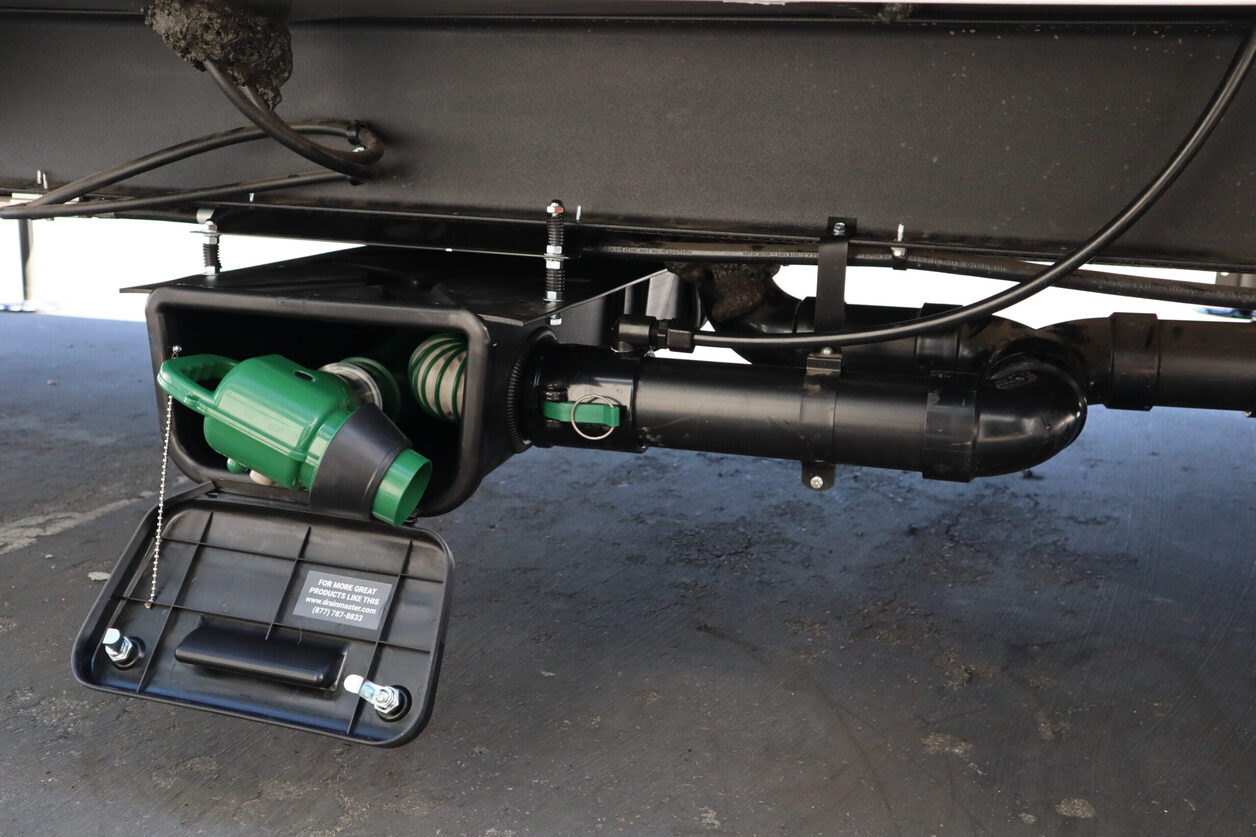
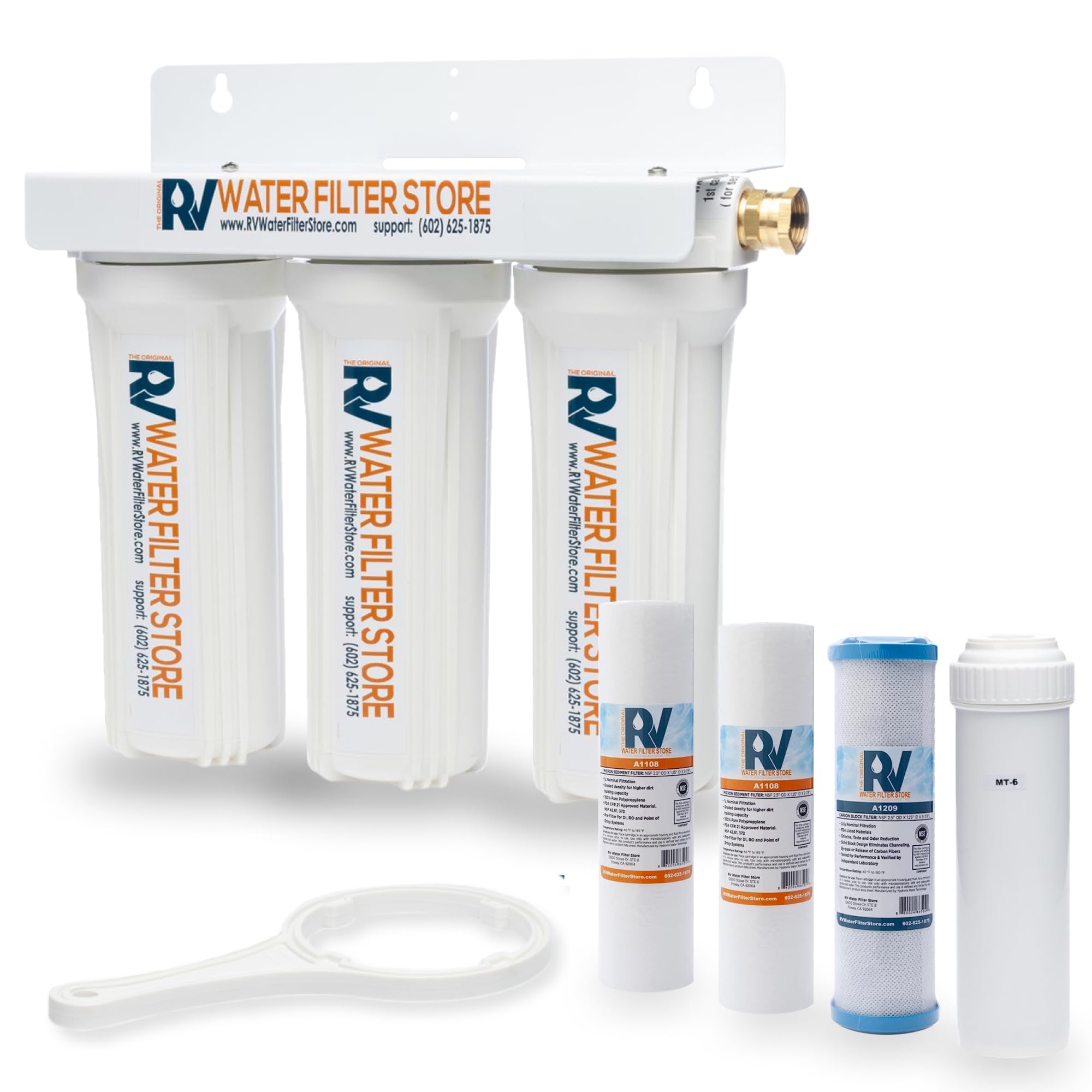
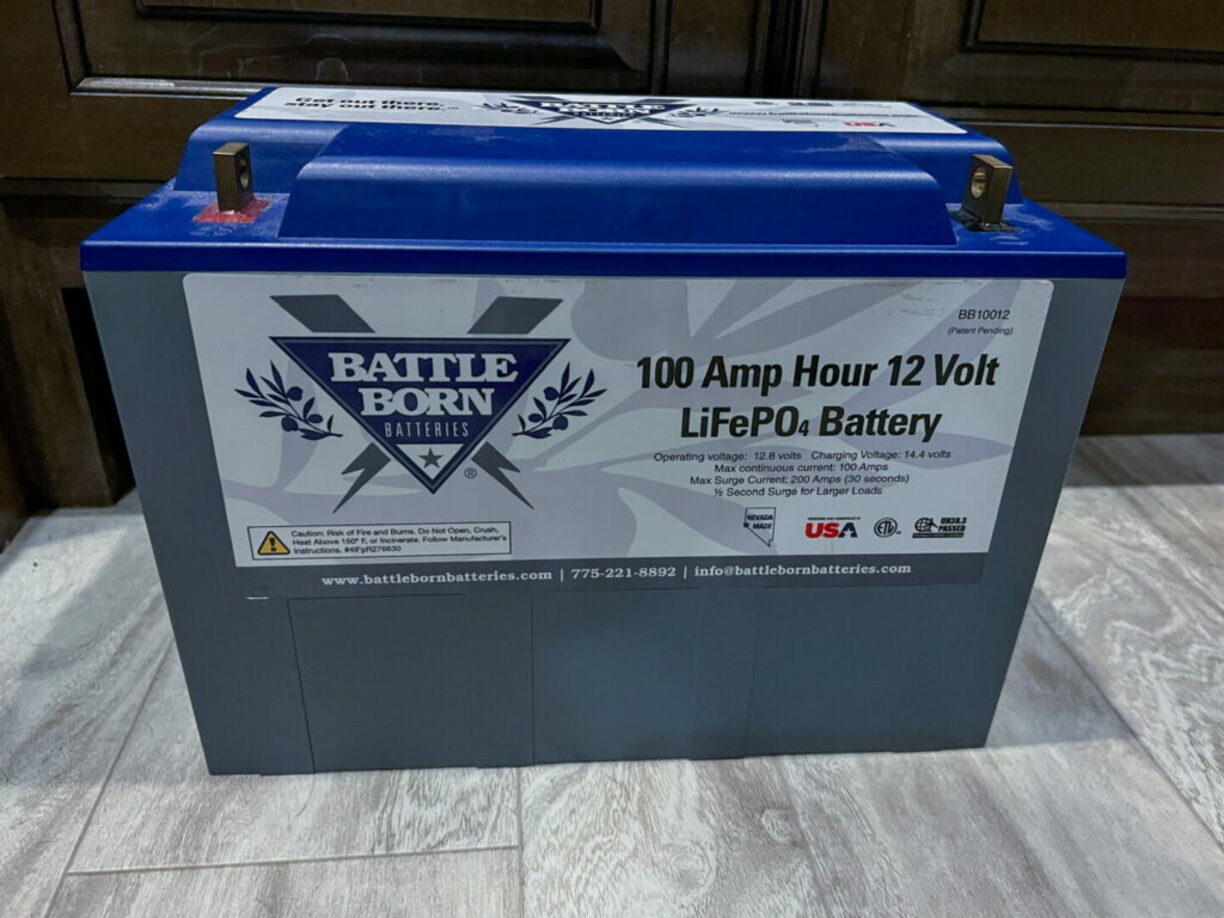

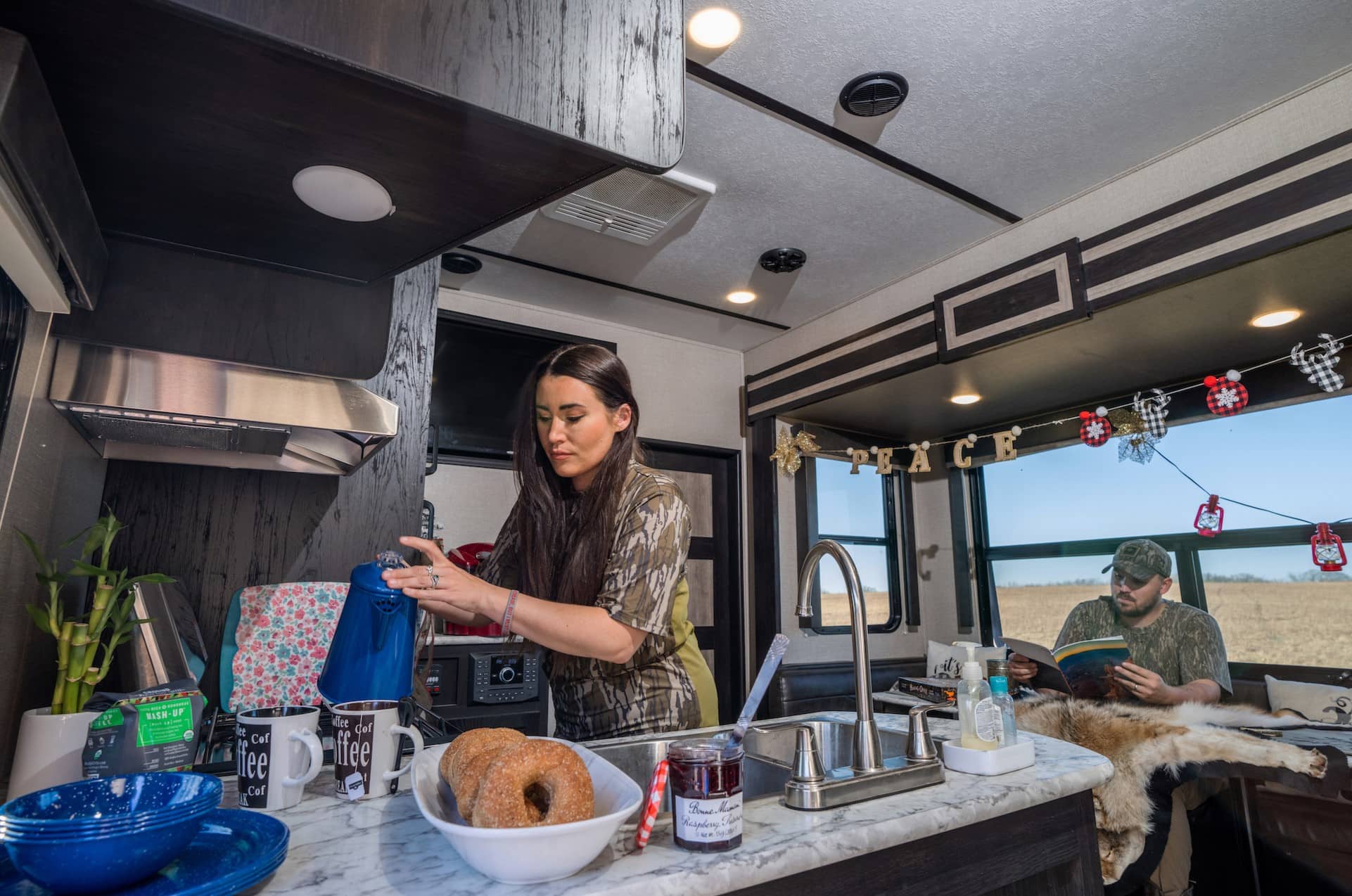
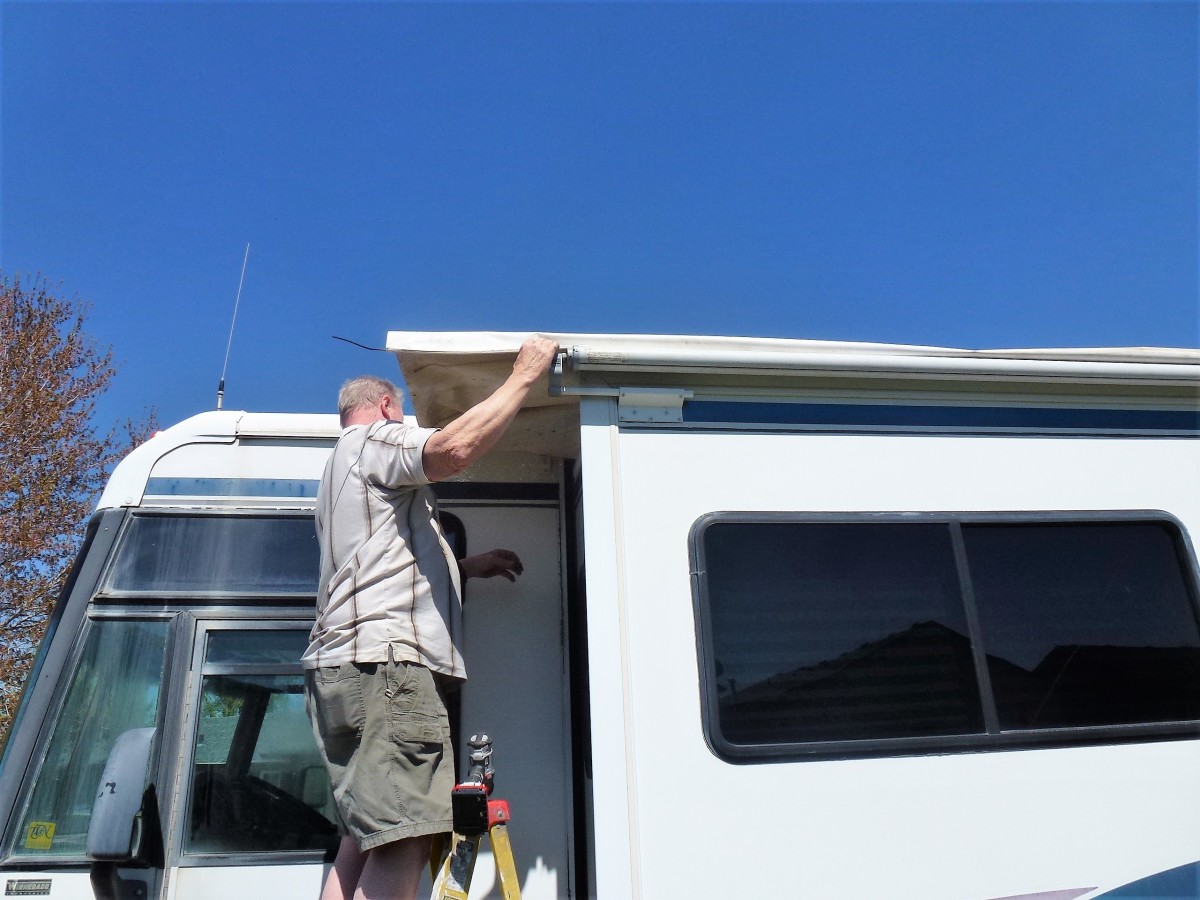
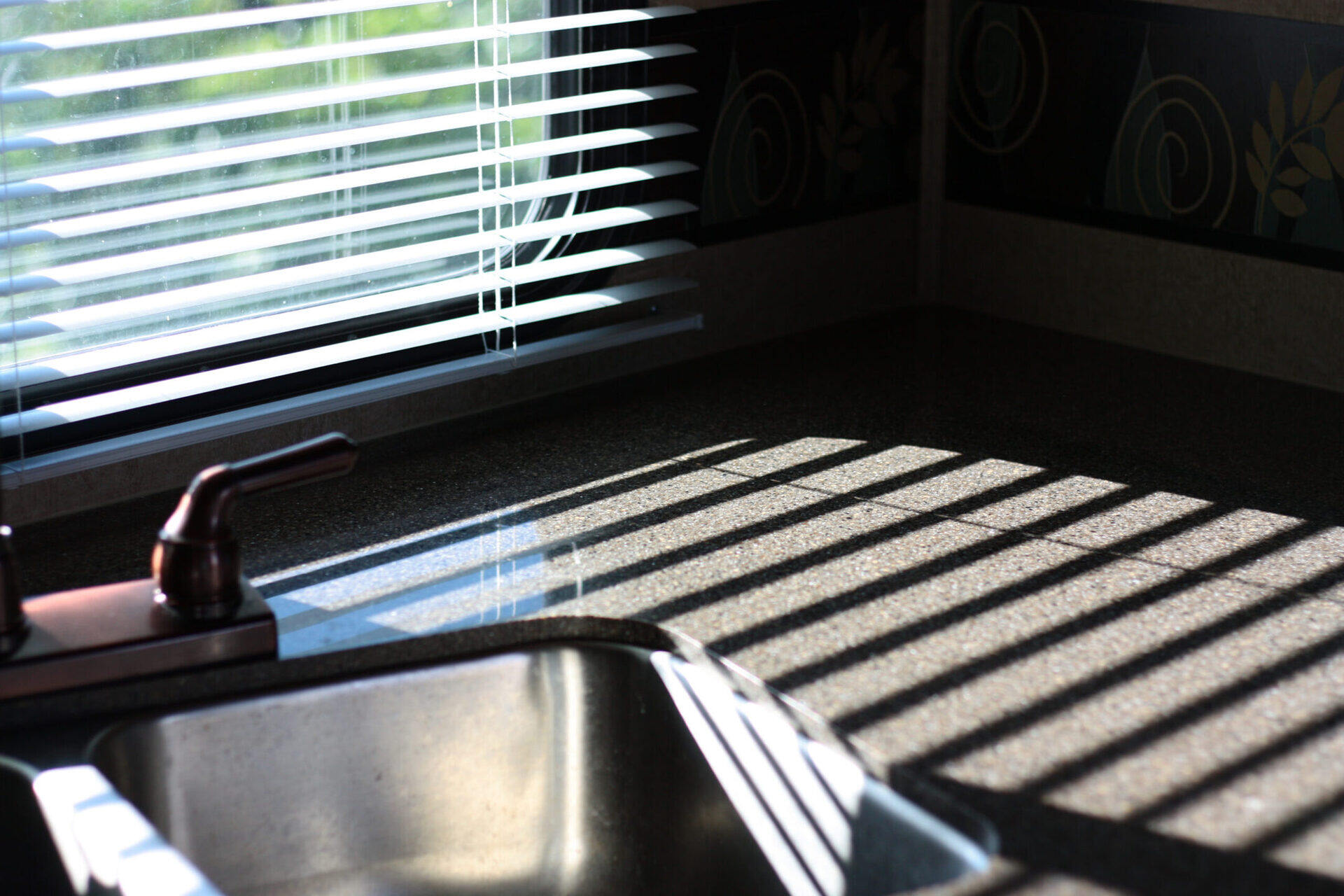
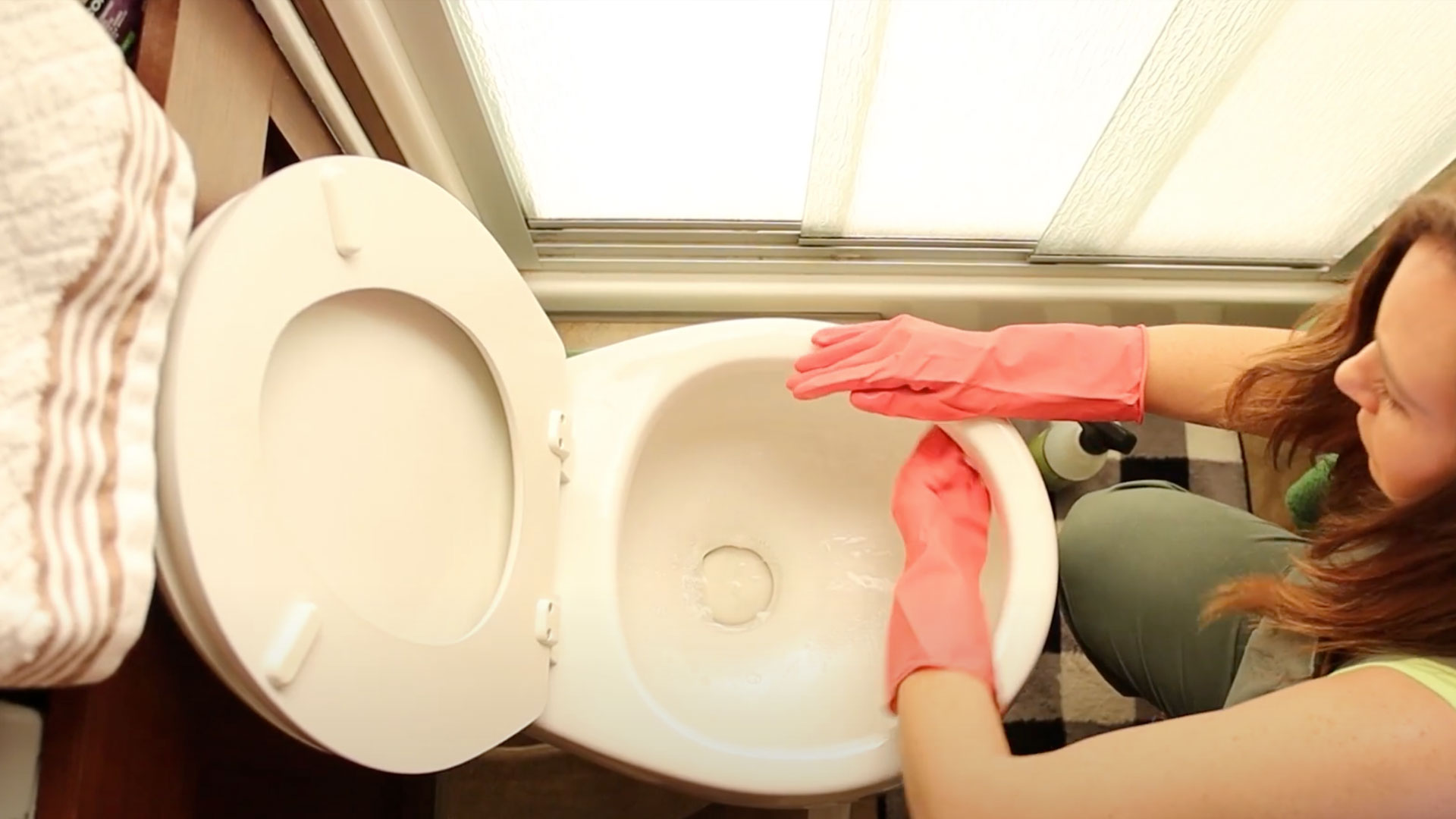
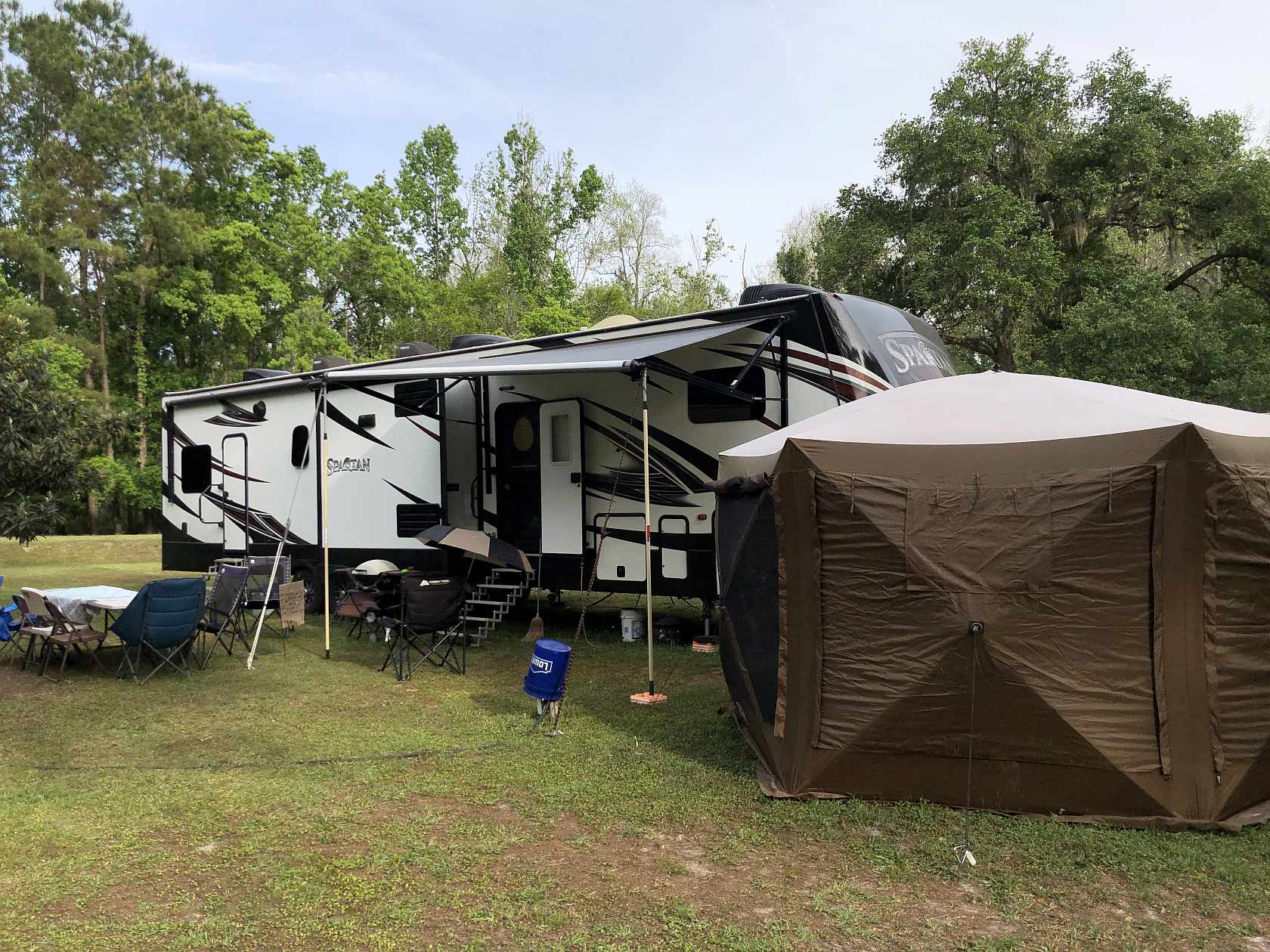
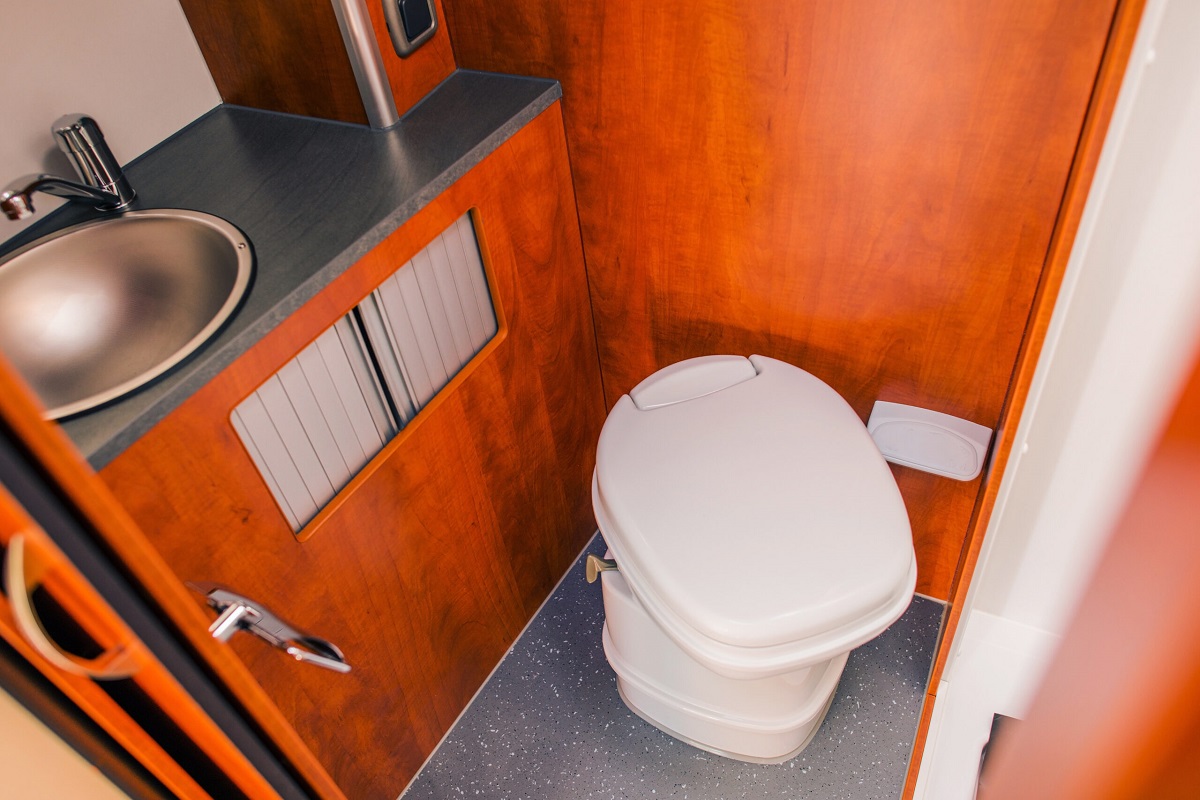
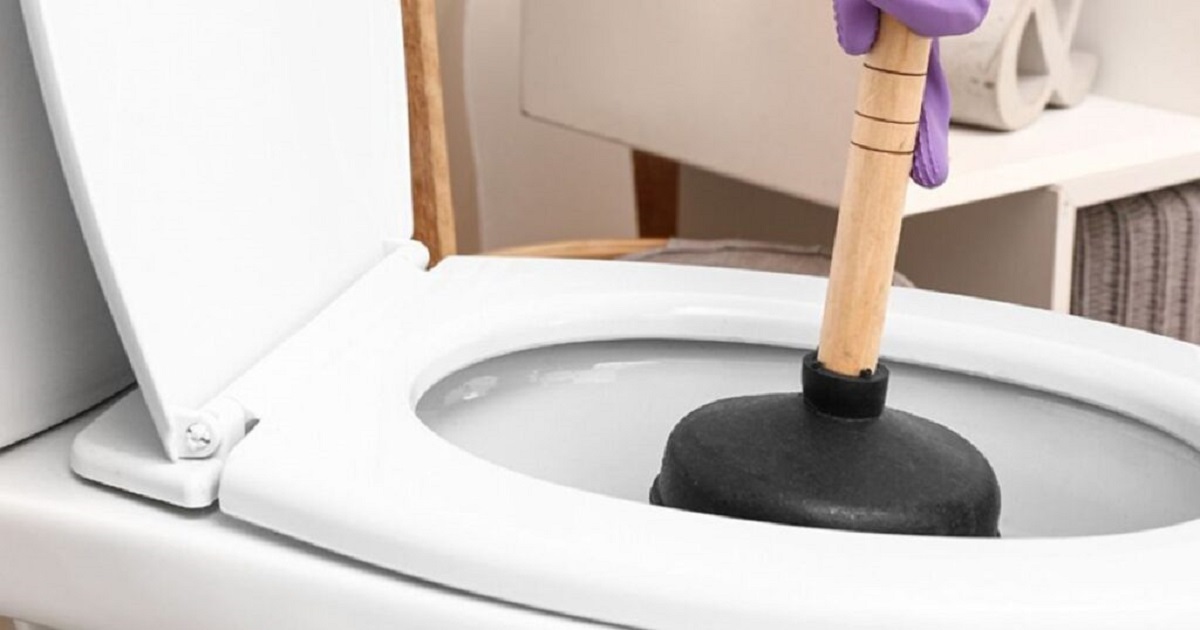
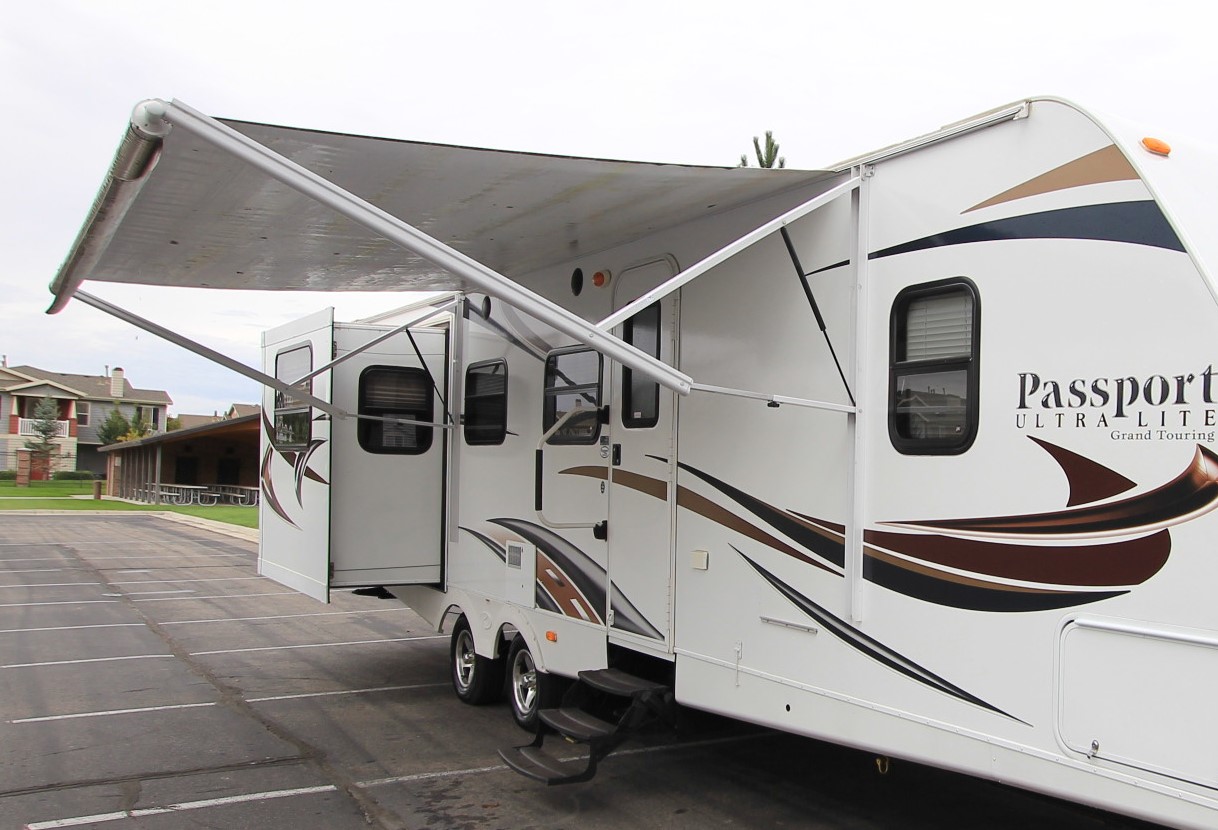


0 thoughts on “How To Store An Rv”